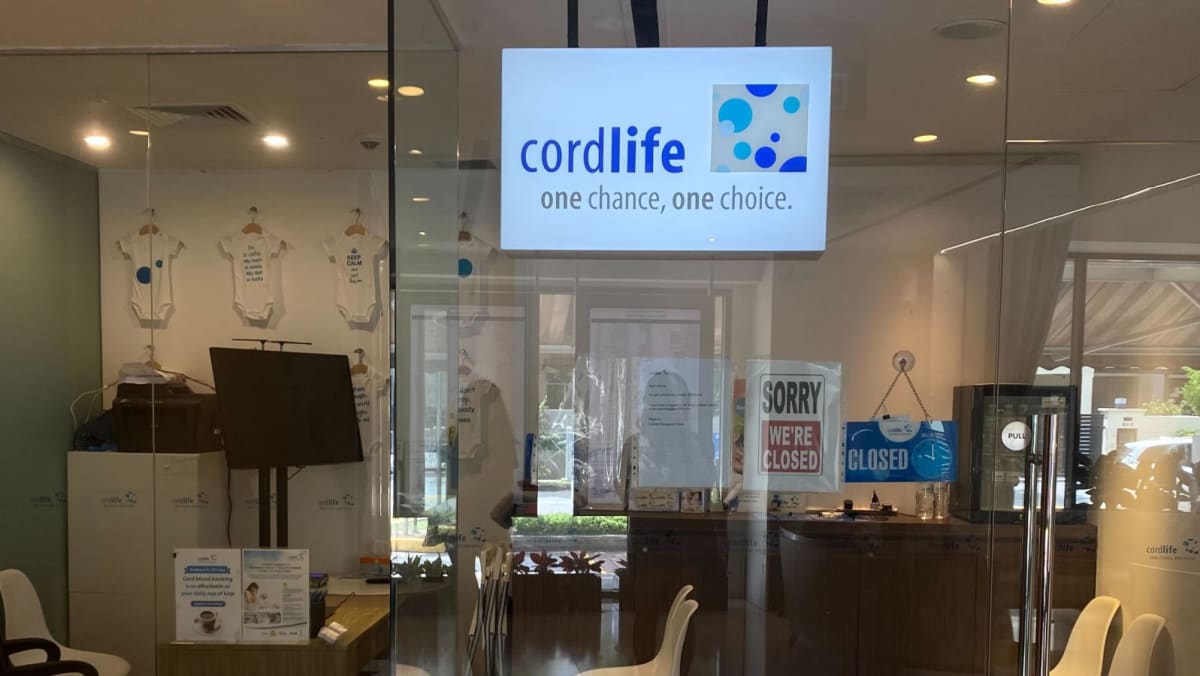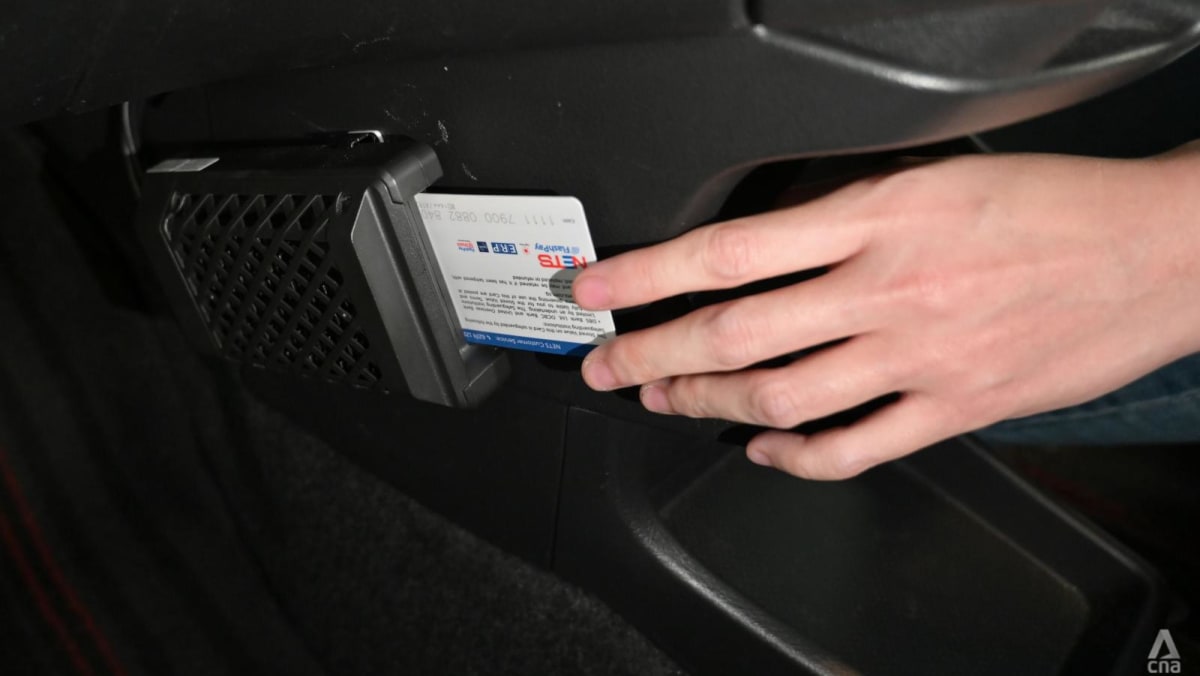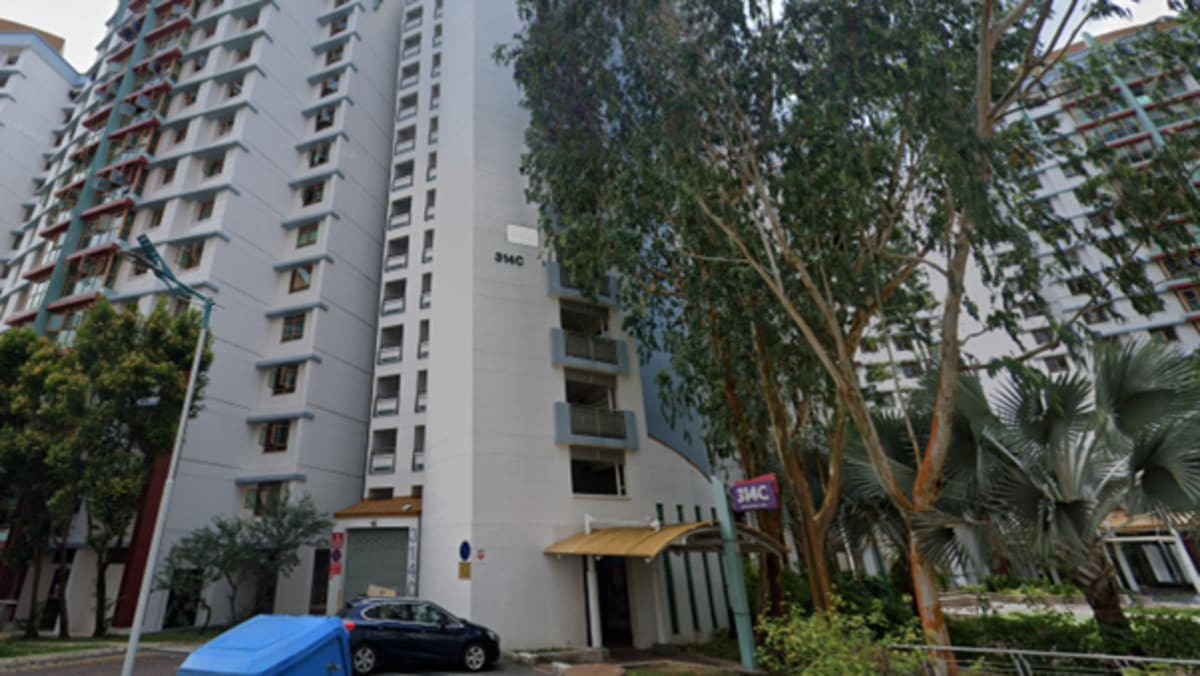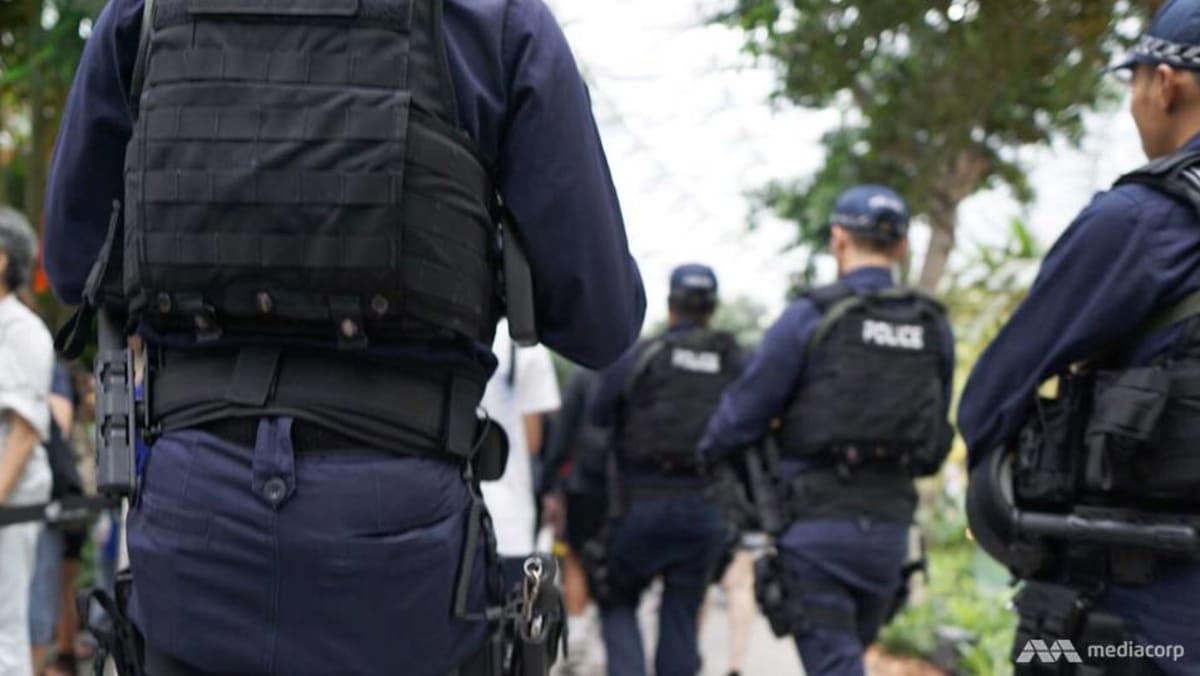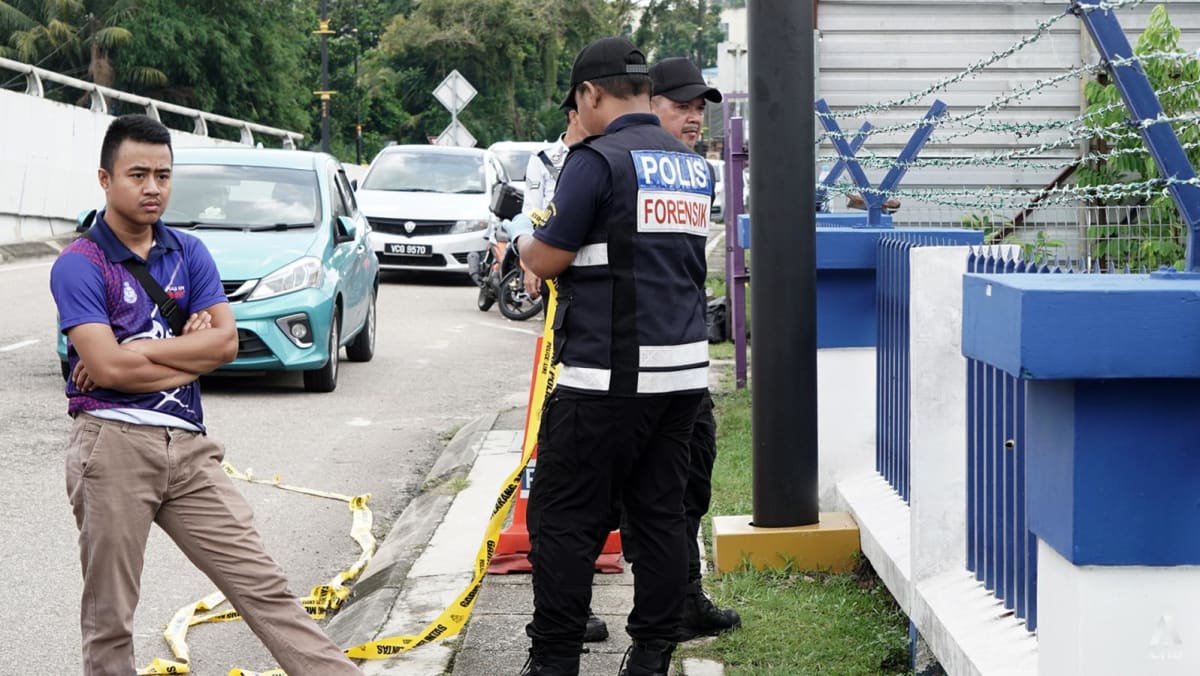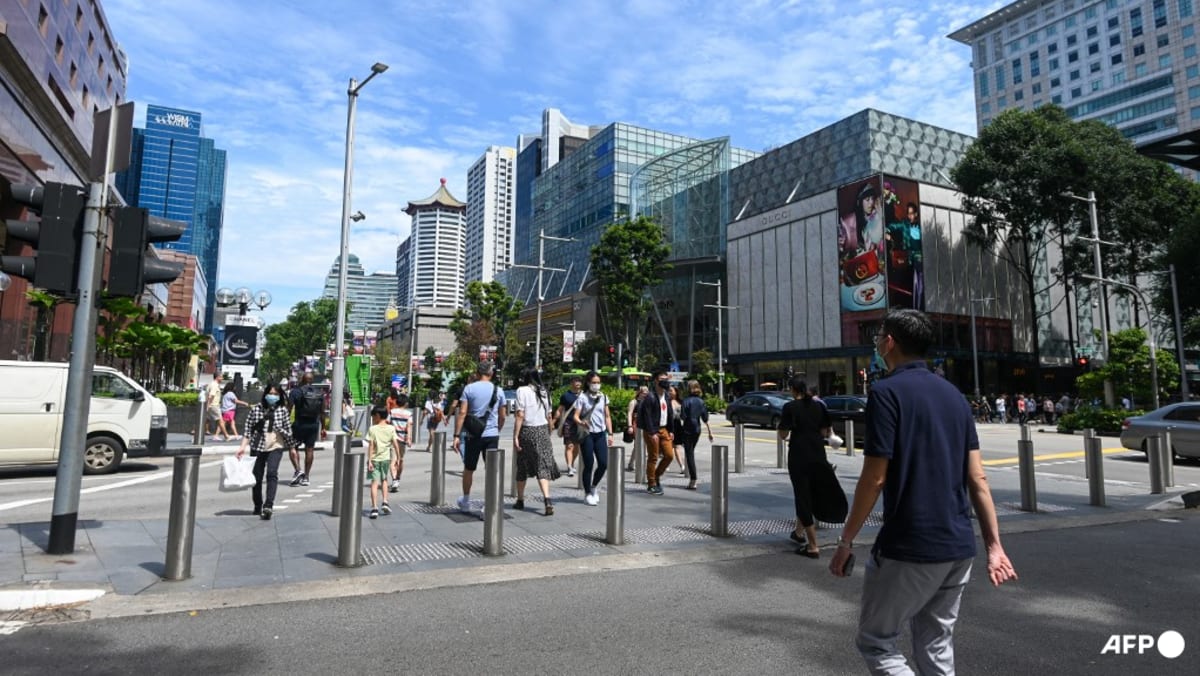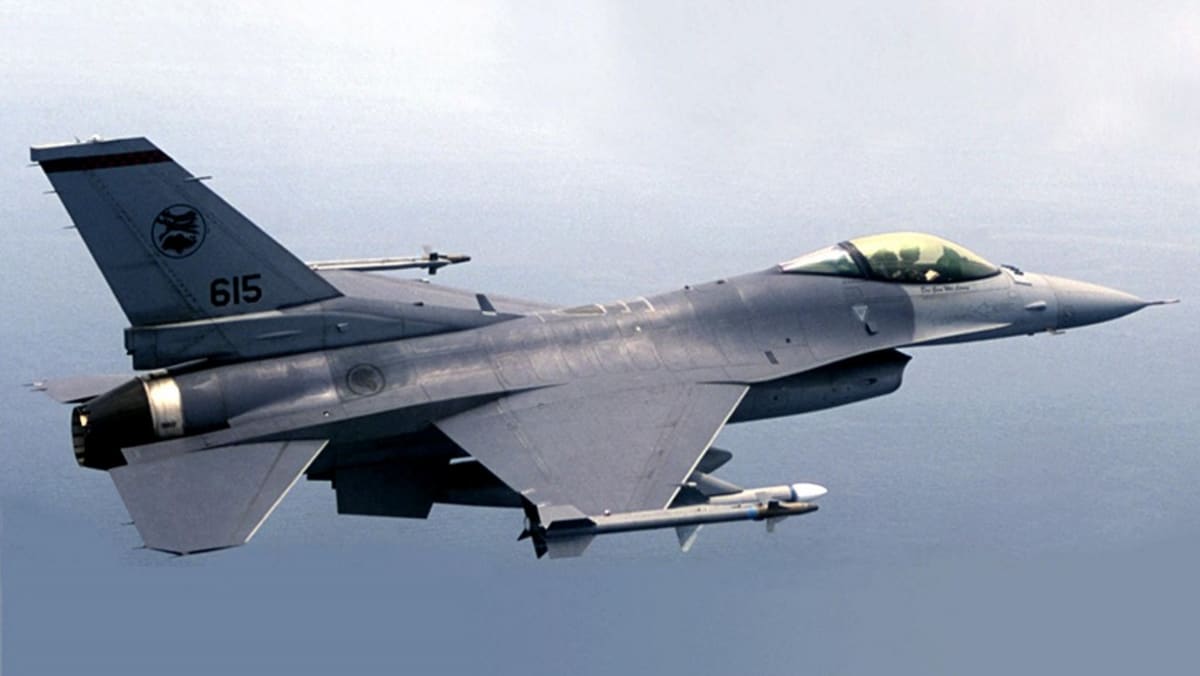SINGAPORE: Installing the ERP 2.0 card reader on the driver’s side could come with challenges such as less leg space and difficulties in extending electrical wires, depending on the make of the car.
This is what mechanics and an engineering expert that CNA spoke to said of the Land Transport Authority’s (LTA) announcement last week, which made clear that car owners can choose to install the unit at the driver’s or passenger’s side.
Installation of the units, for Singapore’s new Electronic Road Pricing system known as ERP 2.0, started last November. More than 18,000 vehicles have been fitted with the card readers – also called the processing units – so far.
The unit holds payment cards, such as the NETS FlashPay card, NETS Motoring Card and EZ-Link Motoring Card, which drivers use to pay for ERP or parking charges.
When the installation exercise started, the front passenger’s footwell was recommended as the default position for the card reader. But this led to complaints that drivers found it difficult to remove or insert their card.
On Mar 28, LTA said drivers can choose where to install the unit, without specifying options, subject to technical feasibility. It clarified in its April announcement that the driver’s footwell is an option.
A mechanic told CNA that allowing car owners to discuss with their workshop which side to put the card reader on is a “good move”.
He expects that most of the customers at his workshop, located at industrial building Synergy @ Kaki Bukit, will want the unit to be installed on the driver’s side for easy access.
He said: “Now that drivers know they can place their processing unit on the passenger or the driver’s side, why would they put their unit on the passenger’s side?”
He was among three mechanics that CNA spoke to at car workshops at Synergy @ Kaki Bukit.
They were from workshops that have been licensed by LTA to carry out the installation of the on-board unit (OBU) of the new ERP system. All spoke to CNA on the condition that they and their workshops were not identified.
MANY CONSIDERATIONS
Another mechanic said that while customers would likely prefer having the card reader on the driver’s side, installing it there comes with its challenges.
For one, not all cars have their electrical control unit, which the card reader has to be connected to, on the driver’s side of the car.
For some cars, the electrical control unit is on the passenger’s side. This would make it more difficult for the mechanic to install the card reader on the driver’s side.
“We have to take out the control panels of the car, and install the wire so that it runs through the middle of the car,” he said.
There are also other considerations such as the “curves” at the footwell area. If the car has too many curves, it may be difficult to fix the card reader there and it may fall off.
He told CNA that many mechanics have run into this issue of the card reader falling off or not functioning because of improper installation.
